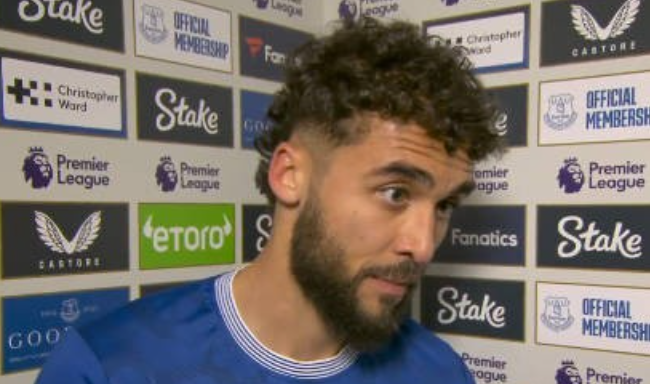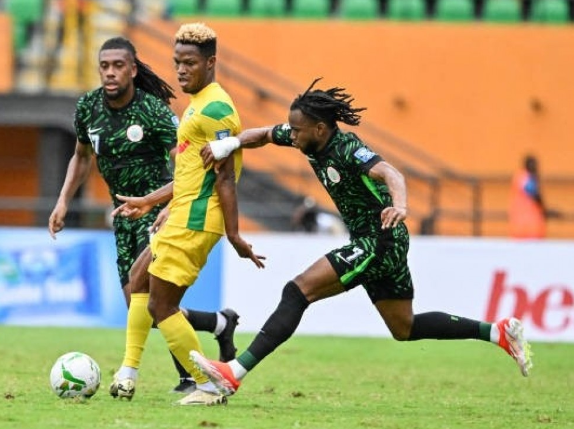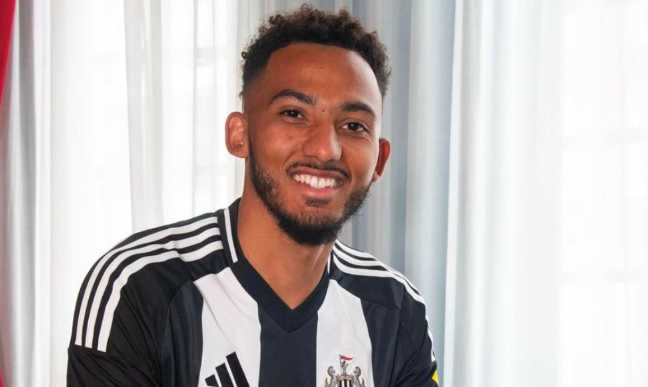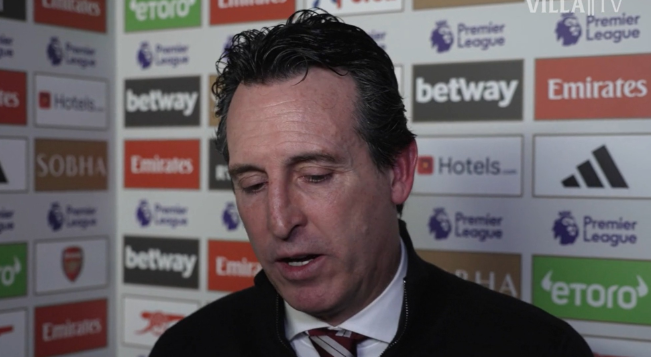
Reporter chilling report, observe the second stage of the June 2021 40 big list, 12 strong group B of the Chinese team has the highest average age, 29 people in the list of 18 people actually more than 30 years old, 25 years old under the only remaining Zhang Yuning (24 years old), and there is not a U23, U21 and U19 age group players.
Facing Syria, the strongest opponent in the group stage, the average age of China's starting lineup is exactly 30 years old, with only Wu Lei, Jin Jingdao, Wu Xinghan and naturalized player Jiang Guangtai in the 11-player lineup being below 30 years old, and the youngest Jiang Guangtai is also 27 years old. In stark contrast, Vietnam's first 11 players against the UAE, also in a battle of the top two teams in the group, are only 26 years old, of which only two are over 30 years old, seven are under 25 years old and three are under 23 years old.
Australia's starting lineup for the late game against Jordan had an average age of 27.5, with defender Souttar just 22. Oman's starting 11 against Qatar were all 27.3 years old, with only three over 30. Japan's starting 11 against Kyrgyzstan are all 27.1 years old, with only 38-year-old goalkeeper Shinji Kawashima and 30-year-old midfielder Genki Haraguchi over 30. Saudi Arabia's starting 11 against Uzbekistan are all 26.7 years old, with only captain Faraj over 30.
The future of the Top 12 will be a protracted battle of physical fitness and willpower. In addition to improving the strength of its naturalized players, the Chinese team will also need to introduce young players as a secret weapon to make up for the team's lack of physical fitness, explosiveness and versatility. After all, the opponents are already ahead in terms of rejuvenation.
Among the opponents in Group B, the Japanese team is the richest reserve of newcomers, and there are a lot of players who have stayed in the world, the other five teams, even with the advantage of the host country's talent cultivation system of Australia, can not be expected. In the mainstream European leagues, Japan's active players as many as 49 people, enough to form two national teams in Europe. The Japan Football Association held a warm-up match in Europe last October, all by the travel to Europe players team, visible strength of the powerful.
The Japanese team's young player resource advantage is mainly concentrated in the midfield, the Top 40 tournament and the warm-up matches since last October are all about scouting for newcomers while maintaining the structure of the main force. Bologna's 22-year-old center back Tomoyasu Kenyo has gradually stabilized the starting position, signing Manchester City center back Itakura Ko (24); midfield effectiveness of Eintracht Frankfurt's Kamata Daichi (24), Eindhoven's Don Yasunori (23), Real Madrid's "Japan's Lionel Messi" Kukai Hidetoshi (20), have had as many as 10 games of the national team appearance record. They all have as many as 10 national team appearances under their belts.
In addition, Zwolle center back Yuta Nakayama (24), Antwerp midfielder Yasuko Miyoshi (24), Berlin United winger Kita Endo (23), defender Daiki Hashioka (22), who joined Bundesliga side St. Tridonic only this year, Alkmaar right back Yusei Sugawara (21), St. Tridonic's German-American-Japanese goalkeeper Schmidt (29), and Yokohama Mariners' mixed Nigerian-Japanese striker Ado Onaiwu (25) also got a chance to play. Mixed Nigerian-Japanese striker Ado Onaiwu (25), who also scored a hat-trick against Kirghizia, have also been given a chance to play, making him Japan's new choice for the center forward position in addition to Osako Yuya.
In addition, "Liverpool" Takumi Minamino, Eintracht Frankfurt Kamada, "Henk" Junya Ito, "Leganes" Shibasaki and "Stuttgart" Endo, are the middle generation of Japan's national team, supporting the main structure; 30-year-old veterans Yuto Nagatomo, Maya Yoshida, Hiroshi Sakai. Stuttgart" Endo Hang, are the Japanese national team of the middle generation, supporting the team's main structure; 30-year-old veterans Nagatomo Yudu, Yoshida Maya, Sakai Hiroki, Okazaki Shinji has basically marginalized, while the same age as them, Chinese players, but still playing the main force.
Because of too many European players, Japan's head coach Mori Baoichi fell into a "beautiful trouble", the second stage of the 40 big list, only five people over 30 years old, two of them are goalkeepers, and even Shibasaki Yue, Endo Hang, Minamino Takumi, Fuyasu Kanyo, Don Yasuru, Kugo health care such as the core of the main force are not selected, not to mention the other newcomers. The Japanese team at the 40-team tournament can only be considered as a structure between the first and second teams, however, by the time the 12-team tournament comes around, the traveler's elite in Europe will all be selected, and the performance of the Japanese team, should be further improved.
In fact, the Japanese team's strength lies in the fact that the old, middle-aged and young generations are very neat, and all from the experience of traveling to Europe to get high-quality training, the newcomers, regardless of the strength, experience and technology, have been "out of Asia into Europe".
The Japanese team has a reasonable age structure, while Vietnam's advantage lies in the "Golden Generation" brought up by South Korean Park Heng-suk after his appointment.
From the U19 Asian Youth Championship to the U20 World Youth Championship, and then to the U23 Asian Cup final team, the average age of 24-26 years old, long-term training competitions in the national team, they have enough tacit understanding, in addition to catching up with the first batch of Vietnamese soccer to stay in the world. Some of the players, led by Nguyen Cong Phong, Leong Xuan Truong, Duan Van Hau and Nguyen Chun Anh, benefited from the Japanese and South Korean leagues' foreign aid quota rationing for Southeast Asian players and had the opportunity to train in Asia's top leagues, while Nguyen Cong Phong and Duan Van Hau even briefly stayed in Europe, with the former joining Bianca League team St. Teresa's, and the latter heading to Dutch League's Helenveen.
In Vietnam's 29-member roster for the second stage of the 40-team tournament, only goalkeeper Bui Tan Truong and midfielder Nguyen Trung Huong are over 30 years old, while there are numerous players under the age of 25, with members of the 2018 U23 Asian Cup runners-up, goalkeeper Nguyen Van Huong, defenders Duy Vuy Mang, Bui Chin Dung, Duan Van Hau, Nguyen Thanh Cong, Vu Van Thanh and Tran Dinh Trung, midfielders Leong Tran Truong, Nguyen Phung Hung Vi, Pham Duc Huynh, Nguyen Quang Hai, Pham Van Duc, and striker Nguyen Van Quyen, Nguyen Cong Phong, Ho Duc Chien, a total of 15 people all selected, accounting for more than half of the list, defenders Duy Vi Manh, Bui Chinh Dung, Duan Van Hau, Vu Van Thanh, midfielders Leong Tran Truong, Nguyen Quang Hai, Phan Van Duc, strikers Nguyen Van Quan, Nguyen Cong Phong, the national team resume of more than 20 matches, with a certain amount of experience in the game, and now they are just the right time to make a difference.
In addition, midfielder Nguyen Tuan Anh, striker Nguyen Chin Ling and goalkeeper Nguyen Van Zan, midfielder Ly Cong Hoang Anh and defender Nguyen Thanh Binh, who got a workout at the 2017 World Youth Championships, have also made appearances in the national team, which is the second tier of Vietnam's squad.
The advantage of the Vietnamese team, in fact, is the elite talent spurt, for the national team to bring a similar age of the whole team, to some extent can be regarded as the Southeast Asian version of the "Golden Generation", coupled with South Korean coach Park Heng-soo's South Korean tactical concepts and strict tactical discipline, individual key positions of the naturalized players, the strength of the Vietnamese team, to enhance a level. The strength of the Vietnamese team has been upgraded to a higher level.
Vietnam's soccer talent group advantage, contrasted with the contemporaneous Chinese team's green and yellow, now the Chinese team's 30-year-old starting lineup, against Vietnam may be able to have a slight advantage, but there is no certainty of victory, but also, the young Vietnamese team's blood and vigor, and experienced a series of refinement from teenagers, youth to adults, the same period of results to make China's national team ashamed.
However, judging from the performance of Vietnam's adult team in the last two years, there is still a clear distance compared to the top teams in Asia.
Australia is experiencing a severe youth shortage. With Cahill, Milligan, and Jedinak retiring, the team has to rely on veterans like McGovern, Holland, and Leckie, who can't get a foothold in the big five leagues, to hold up the center line. However, in terms of discovering new talent, thanks to the talent development system of the sovereign state of England and the traditional southern European and Balkan immigrants, Australia's youngsters, too, have received some training.
Stoke City's 22-year-old center back Souttar, Birmingham's 22-year-old right winger McGlynn, "Eintracht Frankfurt's" attacking midfielder Krstic, and Brescia's 25-year-old right back Karadzic have all been given enough time to play, and some of them have even begun to play in the starting lineup.
Australia's 29-man roster for the second stage of the 40-team tournament includes nine people over 30 years old, two of whom are goalkeepers, but the team's main structure, in addition to left back Behich and the three veterans mentioned above who are over 30 years old, are all in their prime, with South Sudanese-born wingers Mabil, "Hrstic", and "Hrstic", who are all under the age of 25, "Sutar", basically stood firm in their starting positions, and in fact, manager Arnold brought on younger midfielders McGlynn, Metcalfe and Zheuhu.
Saudi Arabia is in a similar position to Vietnam, with a major squad change after the 2018 World Cup and a metabolism now complete. The players who were sent to train in La Liga and La Liga B back then, although they failed exceptionally well to stay in the country, have returned home to be basically divided among the four giants of Riyadh and Jeddah, who have been well-trained through the league and the AFC Champions League.
It is worth mentioning that the "Saudi Football Association" hired the French coach Hainah, who has twice led the team to win the African Cup of Nations, as the head of the national team, and he is known for his ability to promote new talent.
The 40 strong match, Saudi Arabia focused on young people, 22-year-old Riyadh youth team center back Tambakdi and Riyadh Success 24-year-old center back Amri rotated, the end of the year just turned 22 years old Riyadh Crescent scorer Hamdan, "Riyadh Success" striker Burakan, "24-year-old" Jeddah National midfielder Garib all appeared more than 10 times. "Jeddah National midfielder Ghalib, who made more than 10 appearances, started in the 3-0 win over rivals Uzis in the final match of the 40-team tournament, kicking the White Wolves of Central Asia out of the 12-team tournament, with Ghalib and Tambakdi proving that they already have a place in the Saudi national team.
The main structure of the Saudi team, slightly older than the Vietnamese team, between 25-28 years old, in addition to the captain Faraj, no players over 30 years old, young people bring enough vitality to the Saudi team, but also lack of experience themselves, half of the team's main players have not made more than 20 appearances in the national team, however, the 26-year-old Muwalid has already made more than 60 appearances for the Saudis, more than the captain Faraj.
It's worth noting that Saudi Arabia is the only one of the three major Gulf soccer powers that barely relies on naturalization, and while youth is the capital of this team, it also, to some extent, loses its natural advantage in competing with Qatar and the UAE.
Oman is the least present team in Group B, with all players except midfielder Yahmadi working in their home leagues. The team's oldest player, 39-year-old goalkeeper Al Habsi, however, in the second phase of the 40-team tournament's roster, Oman has only six players over the age of 30, with 22-year-old midfielder Al Agbari and 21-year-old striker Al Alawi getting a chance, and 24-year-old striker Al Ghassani and midfielder Al Fawwas even already starters; in addition, 24-year-old left back Al Ka'abi, 25-year-old center back Al Habs, and 22-year-old midfielder Yahyaie, who also went through training for the Top 40, could all play in the starting lineup against Qatar, the group's top rival.
Oman's six positions up front are occupied by four newcomers under the age of 24, and they are also, after Japan and Vietnam, the most daring national team in the use of youngsters. The entire defense, except for the captain goalkeeper Lusheidi, the other four defenders are often rotated, and, with the main players between the ages of 25-28 years old, it's almost the youngest defense in Group B.
The future of the Top 12, is a competition for physical fitness and willpower of the protracted war, the Chinese team, in addition to improving the strength of naturalized players, the same need to absorb young people as a secret weapon, to make up for the team's lack of physical fitness, explosive power and diversity. After all, the opponent in the rejuvenation, has gone ahead.






























